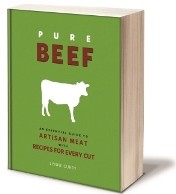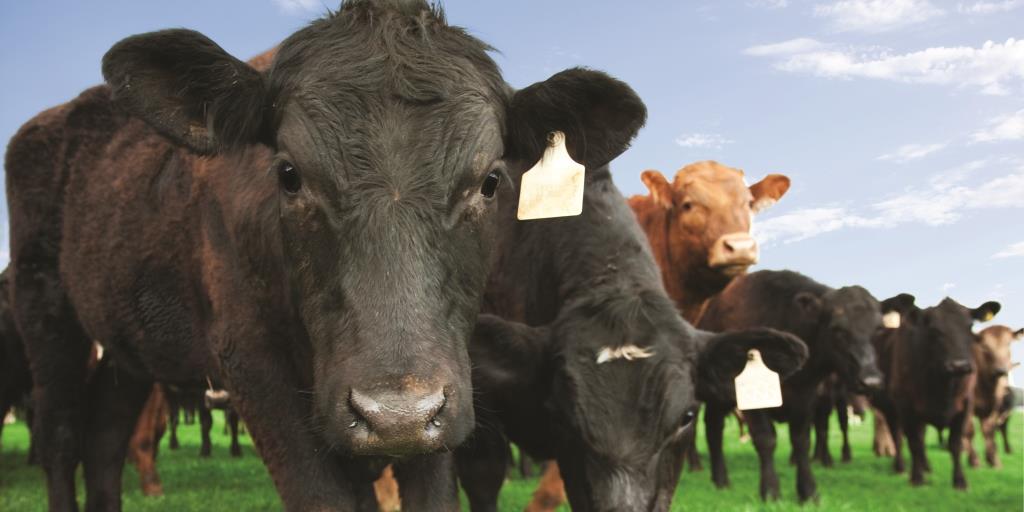With his seminal work The Jungle, Upton Sinclair pulled back the curtain on America’s meat processing industry, which led to the passage of food safety laws and a culture of informed consumerism in the United States.
The upside: Our beef is among the most highly regulated, scrutinized and safeguarded of any food product in the world. The downside, says Pure Beef author Lynne Curry: Variety and variability of flavors are the unintended casualties of homogenized meat that is designed to look and taste consistent no matter where or from whom you buy it.
Curry, a longtime vegetarian, became a born-again carnivore when she tasted organic meat from a local rancher near her home in rural Oregon. The reason that beef was so delicious, Curry contends, is because the cow spent its whole life grazing on grass and was raised without the use of antibiotics or growth hormones.
In recent years, Curry’s and Americans’ attention has shifted from the later stages of meat processing to the cattle ranching practices on the front end of the beef supply chain. In short, we’re more aware of and concerned about what our cows are eating than ever before. But our conscious consumerism can backfire on us by creating more confusion than clarity. We asked Curry what labels like “hormone-free,” “antibiotic-free,” “grass-fed,” and “organic” really mean.
GRASSFED VS. GRASS-FINISHED
Every cow born in this country eats grass and mother’s milk for the first several months of its life, at least, Curry explains. At six or seven months, the cow is weaned from the mother. It will either continue to eat grass for the rest of its life right up until it’s slaughtered or it will be transferred to a feedlot for “finishing.”
Cattle on feedlots eat a mix of grain and other non-grassy feed.
Anyone can claim, and many have, that their cattle are grassfed because they all start that way. “So people have started to use terms like grass-finished to make the distinction,” says Curry.
HORMONE-FREE
“There isn’t substantiated proof that growth hormones have any negative human health effects; people just really don’t like the idea of it,” says Curry. “I’m just personally suspicious. I like my food as wholesome possible. It just seems like, if you’re doing it for profit, is it in the consumer’s best interest?”
ANTIBIOTIC-FREE
“In terms of public health, [the antibiotic issue] is coming to a crisis,” says Curry. To preempt disease and infections and improve digestion, some cattle operations inject confined animals with antibiotics. But over time, that can lead to antibiotic-resistant bacteria that end up in the meat and in our water system by way of runoff from feedlots.
ORGANIC
In 2002, The Organic Food Production Act mandated that beef labeled as organic come from cows that eat only certified organic feed (which can include grain), are never given growth hormones or antibiotics and have access to pasture—though they may be confined for specific reasons.

More about beef:
BEEF: Meat Your Match: How much and what’s the grade?
BEEF: What the Cut: The five major categories of cuts

